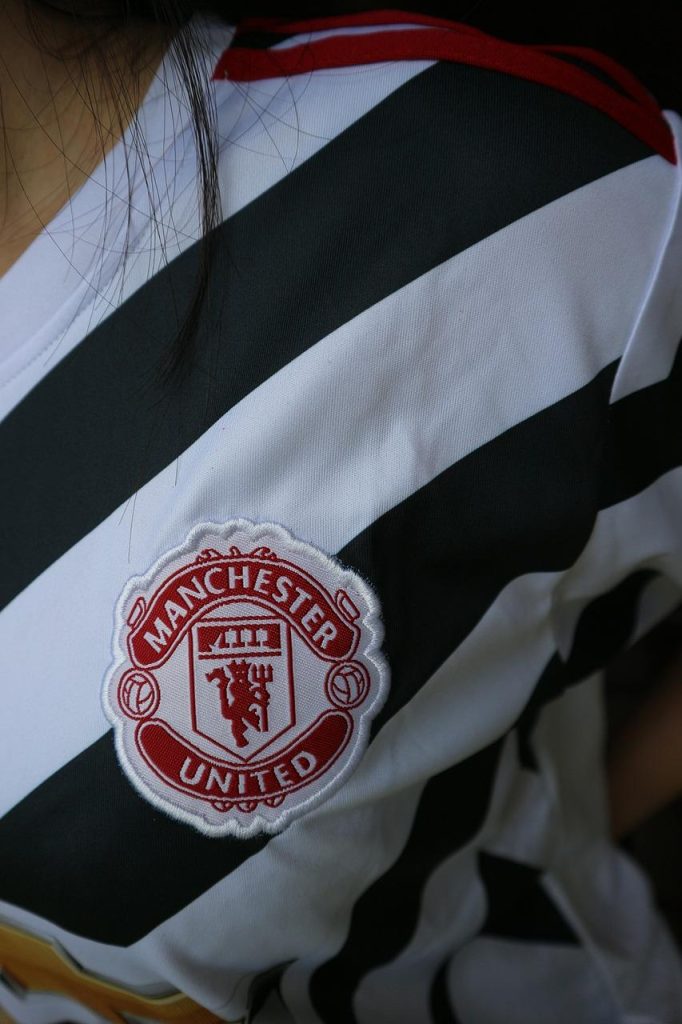In the ever-evolving chessboard of European football transfers, the Reds have set their sights on a dazzling Bundesliga talent whose flair and finesse have captured widespread attention. As whispers of a potential move grow louder, this pursuit promises to be more than just a routine signing; it is a strategic gambit aimed at reinforcing the squad’s ambitions on the continental stage. Yet, beneath the surface of this high-stakes chase lies a formidable hurdle – one that could derail the Reds’ plans and reshape the narrative of this transfer saga. As both clubs prepare for a tense negotiation battle, the question remains: can the Reds overcome the major obstacle standing between them and their coveted Bundesliga star?
Reds Target Bundesliga Talent to Bolster Midfield Creativity
Amidst a dynamic transfer window, Liverpool’s scouts have zeroed in on an emerging Bundesliga midfielder whose flair and vision have caught the eyes of Europe’s elite. Known for his incisive passing and ability to unlock defenses, this young talent promises to inject the Reds’ midfield with much-needed creativity and innovation. His knack for controlling the tempo and delivering key assists has made him a standout performer, capable of elevating the entire squad’s attacking impetus.
Yet, Liverpool’s pursuit faces a formidable barrier:
- The Bundesliga club’s unwavering stance on retaining their star player this season
- A hefty release clause designed to deter aggressive bids
- Interest from rival Premier League teams ready to outbid Liverpool
Despite these hurdles, the Reds remain undeterred, crafting a strategic approach that balances patience with ambition, aiming to transform this prospect’s promise into a pivotal asset at Anfield.
Assessing the Financial Hurdles in Securing Top German Prospects
Securing top talent from the Bundesliga involves navigating a labyrinth of financial challenges that extend far beyond the initial transfer fee. Clubs must consider wage demands that reflect both the player’s current status and their potential market value. Additionally, bonuses, agent fees, and performance incentives often add layers of complexity to negotiations. For a club like Liverpool, balancing these costs while maintaining wage structure harmony can be a multidimensional puzzle, especially in an era where financial prudence is as critical as strategic investment.
Moreover, external factors compound these hurdles. Fluctuating exchange rates and tax implications for foreign contracts can inflate costs unpredictably. The Bundesliga club’s valuation might also incorporate future sell-on clauses or conditional payments, further complicating the financial outlook. Here’s what the Reds must weigh carefully:
- Initial transfer fee vs. long-term financial commitment
- Player agent negotiations and potential commission demands
- Impact on squad salary budget and compliance with UEFA Financial Fair Play regulations
- Hidden costs like relocation, medical care, and performance-related bonuses
Strategic Approaches to Navigate Contract and Transfer Complexities
When maneuvering through the intricate web of player contracts and transfer negotiations, clubs must employ a combination of foresight and flexibility. Understanding the nuances of contract clauses-such as release clauses, buy-back options, and performance-related incentives-can provide a critical edge. Effective communication with agents and intermediaries is essential to align interests and reduce friction during talks. Additionally, leveraging data analytics to assess a player’s market value and potential can guide realistic offer structuring, helping to avoid inflated bids or undervalued proposals.
To overcome substantial barriers, like hefty transfer fees or complicated multi-party agreements, clubs often adopt strategic interventions such as:
- Structured payment plans that ease upfront financial burdens.
- Inclusion of performance-based add-ons that safeguard investments and incentivize player output.
- Exploring player swaps or loan deals to bridge valuation gaps creatively.
- Early engagement with all stakeholders to preempt roadblocks and build trust.
Mastering these tactics is critical not only for sealing agreements but also for positioning the club as a savvy, respected player in the transfer market arena.
Leveraging Youth Development to Complement High-Profile Signings
While the pursuit of marquee players from the Bundesliga naturally garners headlines and excitement, there’s a strategic mastery in fostering a robust youth development system that often flies under the radar. Investing in homegrown talent offers the club a sustainable edge, creating a pipeline of athletes ready to rise when opportunity knocks. This approach not only balances financial outlays but also helps cultivate a distinct playing style ingrained from grassroots to first team, ensuring long-term cohesion and adaptability.
Key advantages of prioritizing youth development include:
- Establishing a strong club identity rooted in nurturing local talent
- Reducing dependency on high-cost transfers and minimizing financial risk
- Enhancing squad depth with versatile players familiar with the club’s ethos
- Attracting promising youngsters eager to break through in a supportive environment
By complementing headline signings with a steady influx of academy graduates, the club not only strengthens its competitive fabric but also builds a legacy that resonates with supporters and stakeholders alike. This dual-focus approach is poised to overcome current obstacles, marrying the glamour of star acquisitions with the grit of homegrown perseverance.
As the Reds set their sights on this Bundesliga standout, the road ahead is anything but straightforward. With formidable obstacles casting long shadows over the deal, patience and strategic finesse will be paramount. While ambition fuels their pursuit, only time will reveal whether this potential transfer evolves from tantalizing possibility into a headline-grabbing reality. For now, the football world watches closely, aware that in the game of high-stakes signings, every move counts.


